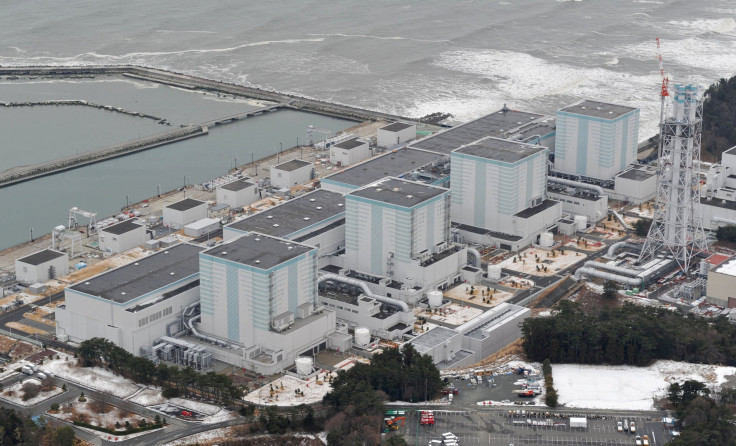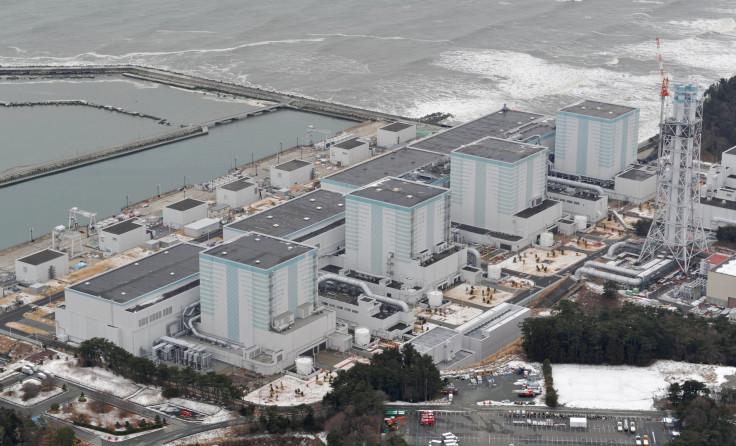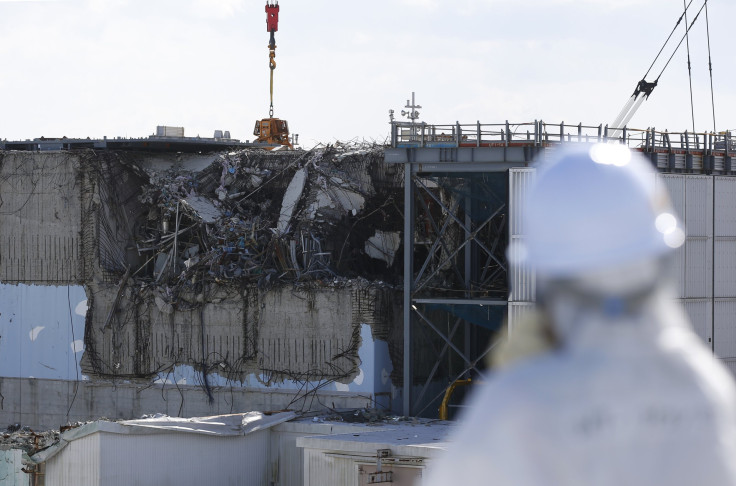Fukushima Robot Finds Nuclear Fuel Debris ‘Hanging Like Icicles’ In Power Plant

A robot sent into Fukushima’s defunct nuclear power plant found what could potentially be melted nuclear fuel debris — hanging in the form of “icicles.” The machine was deployed to locate the source of the melted debris and potentially clean it up.
Officials from the Tokyo Electric Power Company (TEPCO), the company tasked with decommissioning the power plant, said the objects the robot spotted were inside the interior of reactor three. The icicle-like objects were hanging onto a control rod drive attached to the bottom of a pressure vessel which holds the core, the Japan Times reported Friday.
Read: Fukushima’s ‘Unimaginable’ Nuclear Radiation So Destructive, Not Even Robots Can Survive
The robot, nicknamed “the Little Sunfish,” was sent into the plant Wednesday. Images taken by the robot showed chunks of melted material that re-solidified.

“From the pictures today, it’s obvious that some melted objects came out of the reactor,” TEPCO spokesperson Takahiro Kimoto said a press conference about the findings. “This means something of high temperature melted some structural objects and came out. So it is natural to think that melted fuel rods are mixed with them.”
Officials were working to determine officially whether the objects were, in fact, fuel debris.
“In that sense, it is possible that the melted objects found this time are melted fuel debris or probably around it,” Kimoto said.
The robot was designed to withstand radiation of up to 200 Sieverts, an amount deadly for human beings. TEPCO officials have been deploying robots in the decommissioning process to do the work humans cannot — though they haven’t always been successful. A robot sent into the plant in February was completely incapacitated by the exorbitant levels of radiation inside. Officials had to pull the machine out of the reactor after it ceased to function entirely.
Read: Fukushima’s Nuclear Disaster Radiation Affected Everyone On Earth
Officials have been working for years to completely decommission the power plant, a process estimated to take decades at a cost of about $188 billion. The plant was devastated in 2011 after a magnitude-9 earthquake devastated the area, bringing a subsequent tsunami that breached the plant’s seawall and knocked its cooling systems offline. Since then, TEPCO has worked to clean the plant and bring back the hundreds of thousands of residents evacuated from the surrounding areas.
“We have caused it,” Daisuke Hirose, a spokesperson for TEPCO, told the Japan Times in April. “We have to make every effort to create a place to which people want to return.”

© Copyright IBTimes 2025. All rights reserved.






















